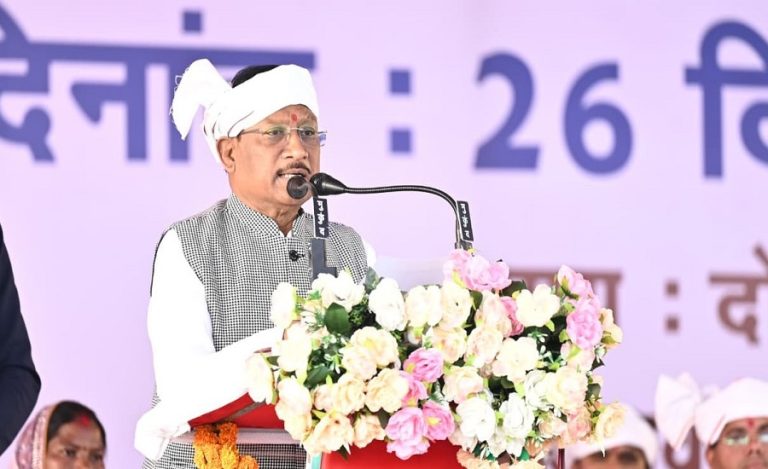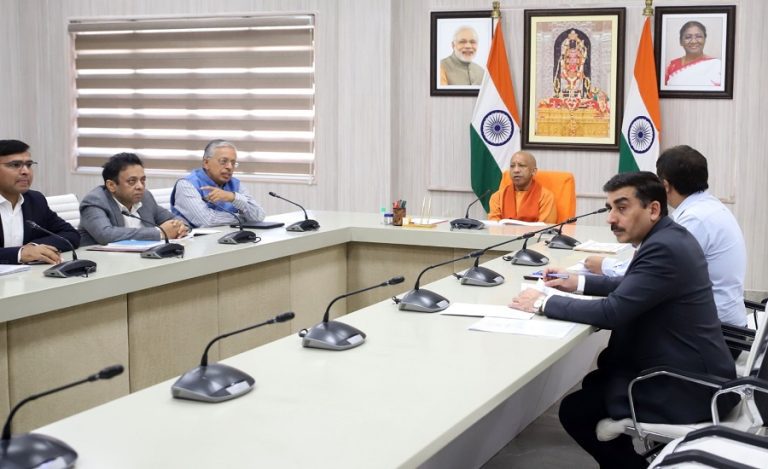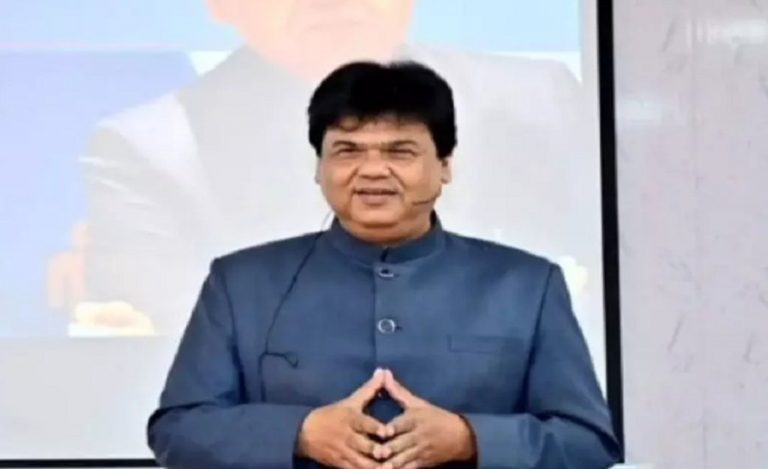In a landmark move to strengthen India’s defence self-reliance under Aatmanirbhar Bharat, the Ministry of Defence has opened the development and manufacturing of missiles, ammunition, and ordnance to the private sector. The decision aims to ensure India’s long-term firepower sustainability and reduce dependence on imports during prolonged conflicts.
According to officials familiar with the development, the Defence Ministry has amended the Revenue Procurement Manual (RPM) to remove the earlier requirement for private firms to obtain a no-objection certificate (NOC) from state-owned Munitions India Limited (MIL) before setting up ammunition production units.
This policy shift allows private players to manufacture a wide range of defence hardware including 105 mm, 130 mm, and 150 mm artillery shells, Pinaka rockets, 1000-pound bombs, mortar rounds, hand grenades, and both small and medium-calibre ammunition.
The government has also communicated with the Defence Research and Development Organisation (DRDO) to expand private participation in missile development and integration. Until now, missile systems such as Akash, Astra, Milan, and Konkurs were exclusively produced by public sector entities like Bharat Dynamics Limited (BDL) and Bharat Electronics Limited (BEL).
Officials indicate that the decision follows lessons learned from Operation Sindoor, where India’s need for long-range conventional missiles and stand-off weapons became evident. With adversaries like Pakistan employing advanced Chinese missiles, India aims to accelerate domestic production of systems such as BrahMos, Pralay, Shaurya, and Nirbhay.
Experts note that modern warfare is shifting toward beyond-visual-range engagements and missile-based deterrence, making indigenous production critical. The move also comes amid global shortages of defence supplies due to ongoing conflicts in Ukraine and the Middle East, underscoring the need for India to secure its own ammunition ecosystem.
By allowing private industry to join missile and ammunition manufacturing, the government hopes to build a resilient supply chain, reduce costs, and position India as a key global defence producer.



























